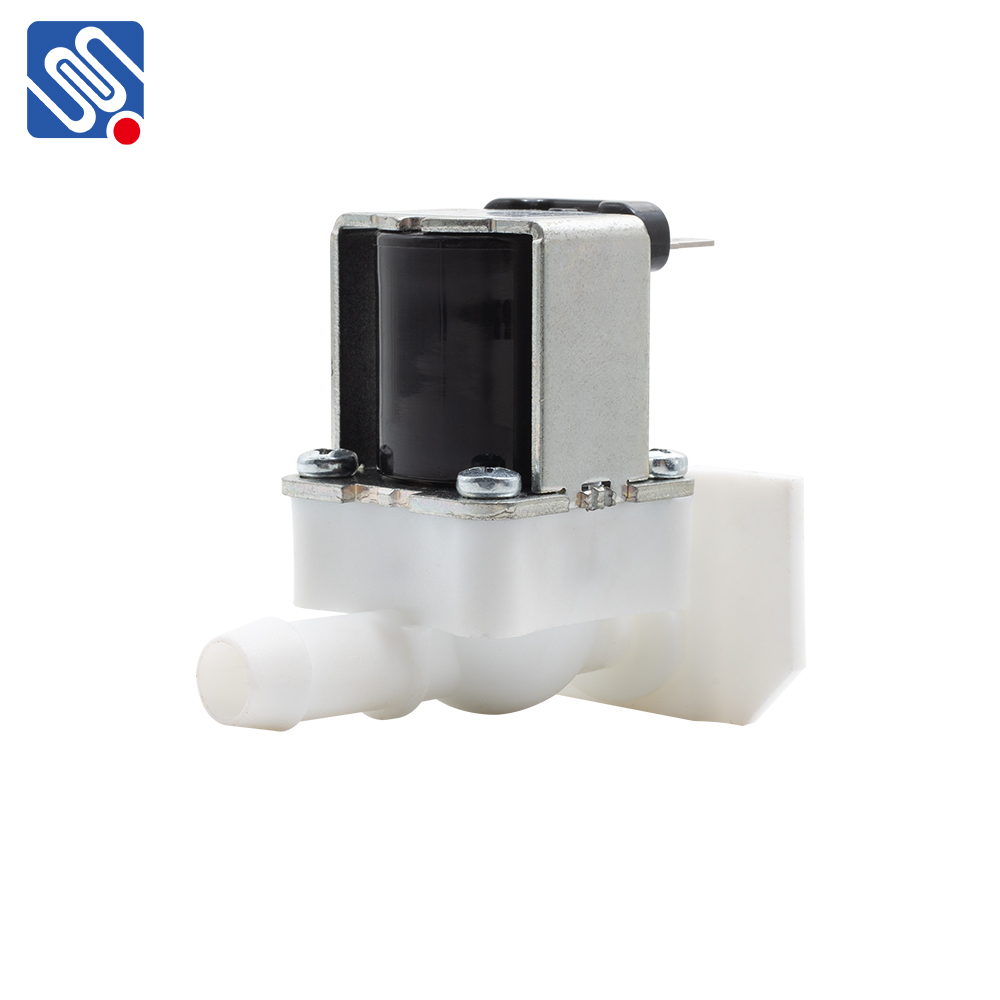low flow solenoid valve: essential technology for precise flow control
Release time:2025-10-24 12:47:48
A Low Flow Solenoid Valve is a highly specialized device used to control the flow of liquids, gases, or steam in applications requiring precise regulation of low-flow volumes. Unlike standard solenoid valves, which are used in broader flow range systems, low-flow solenoid valves are engineered to meet the demands of systems that require exact flow control in a compact, efficient manner. These valves are typically activated by an electric current, which, when supplied, opens or closes the valve, controlling the flow of the medium through a system.

Understanding the Low Flow Solenoid Valve
A solenoid valve is an electromechanical device that controls the flow of a fluid or gas by utilizing a solenoid—a type of electromagnet. When an electrical current is applied, the solenoid generates a magnetic field that either opens or closes the valve, thus regulating the flow of the medium. In a Low Flow Solenoid Valve, this principle is applied to regulate small quantities of flow with high precision, typically in systems where the flow rate is less than 1 liter per minute.
Low-flow solenoid valves can be either normally open (NO) or normally closed (NC). In a normally open valve, the flow is allowed when the solenoid is unpowered and is stopped when the solenoid is energized. Conversely, in a normally closed valve, the flow is blocked when the solenoid is unpowered and is allowed when the solenoid is energized.

